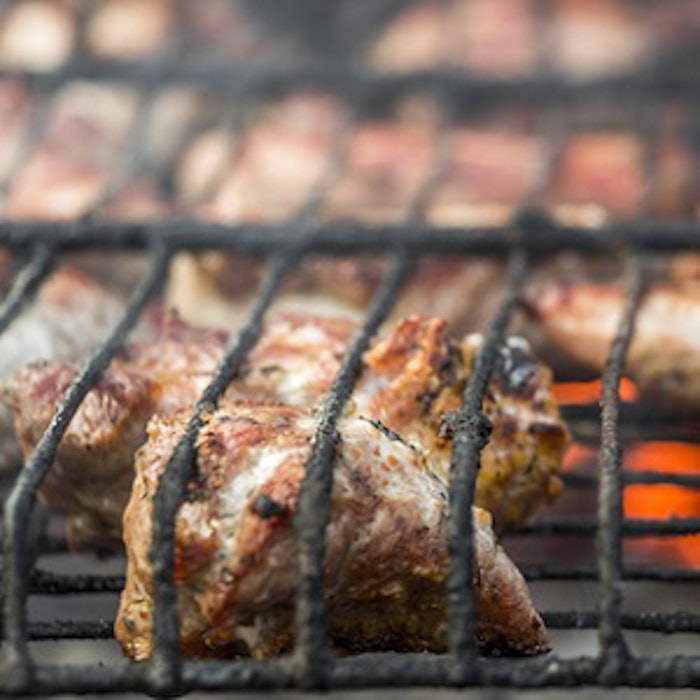
During frying of meat, many different chemical reactions take place. Meat is a source of fat, proteins and carbohydrates. During thermal treatment, fatty acids, amino acids, sugars and other degradation products are formed which are able to undergo further reactions. Well-known reactions include the Maillard reaction between reducing sugars and amino acids and the Strecker degradation of amino acids.
In the past, to elucidate the complex Maillard reaction different model systems were analyzed with selected amino acids and carbohydrates in the presence or absence of fat. Those model systems give an insight in the formation of so-called processed flavors. Processed flavors contain a huge variety of volatile organic compounds which yield characteristic flavor types, like roasted, fried, caramel or popcorn. However, the transferability of model systems for real food systems has to be verified. Therefore, systems like fried meat products represent an interesting counterpart in order to study the formation of certain potent aroma compounds, e.g. thiazolines and thiazolidines. The aim of the following study was to identify thiazoline and thiazolidines in a natural product and postulate their mechanism of formation. Moreover, this study was conducted in order to verify our data from previous model studies for culinary food systems.
Results and Discussion
The results of the GC/MS analysis are summarized in T-1. Sensorial evaluation of the compounds was achieved by GC/O analysis. Most of the identified compounds contribute to a typical savory flavor.










